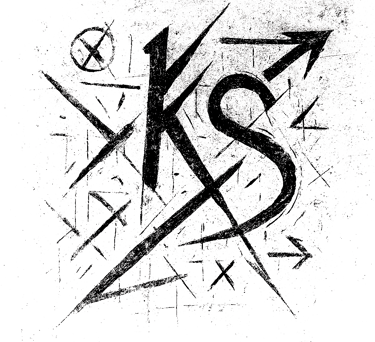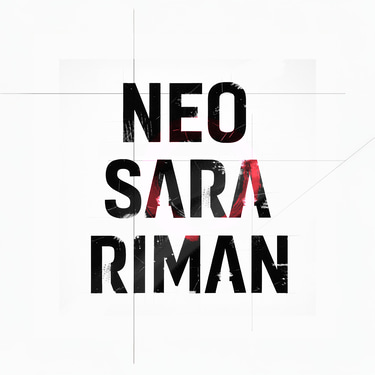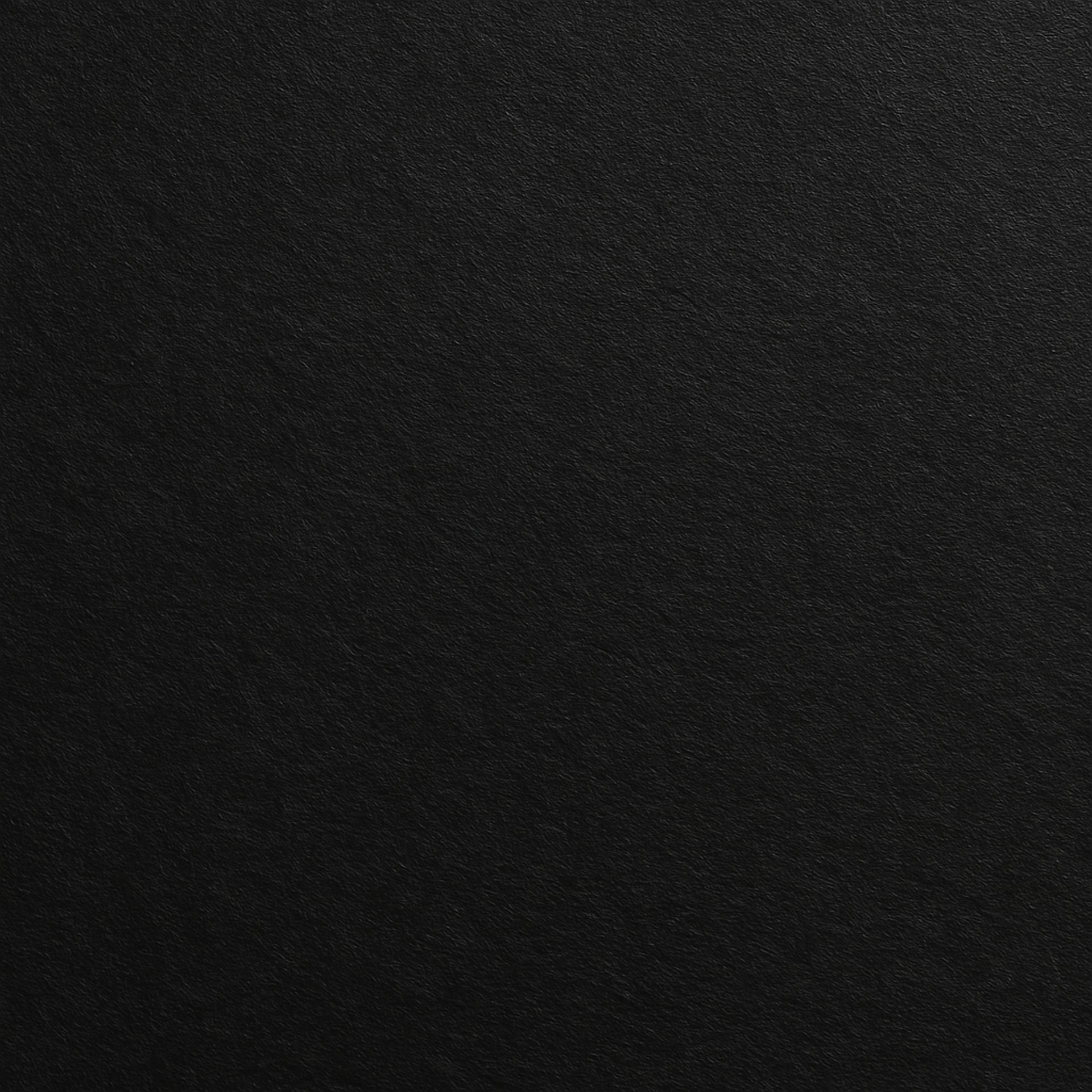
Whitepaper & Visual Prototype
In the ruins of capitalism’s rigid structures, a new archetype emerges.
An act of rebellion, wrapped in reclaimed fabric.
-----
reconsructed by @zegamasaki


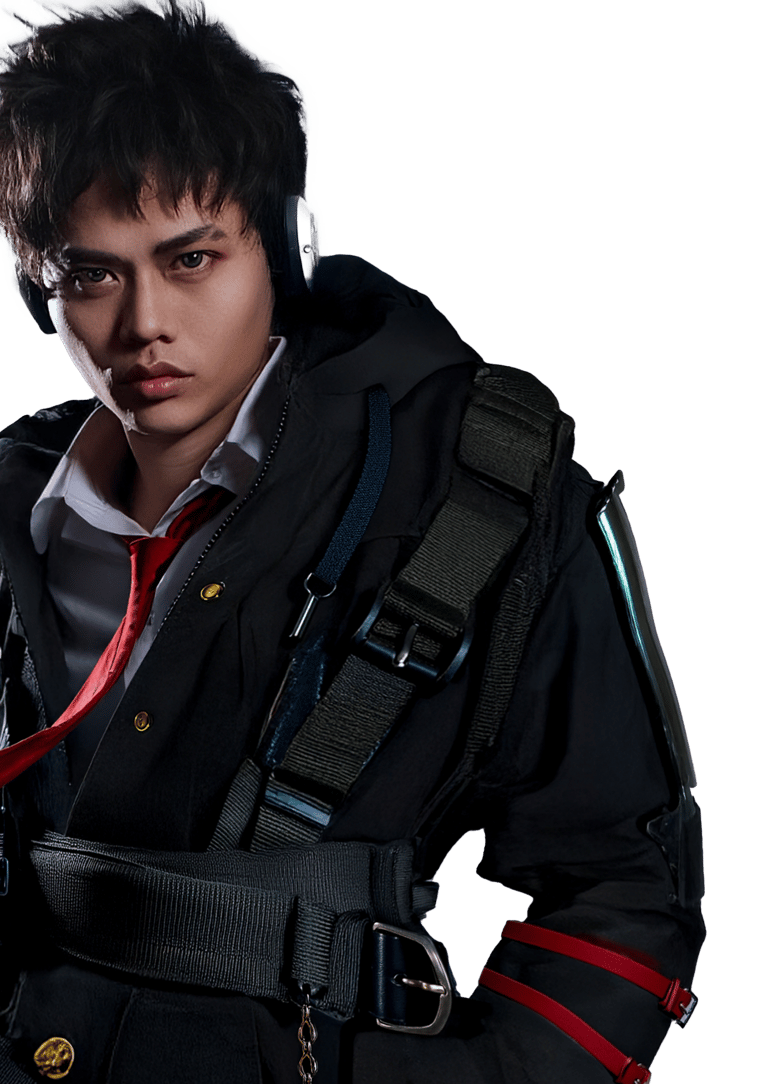

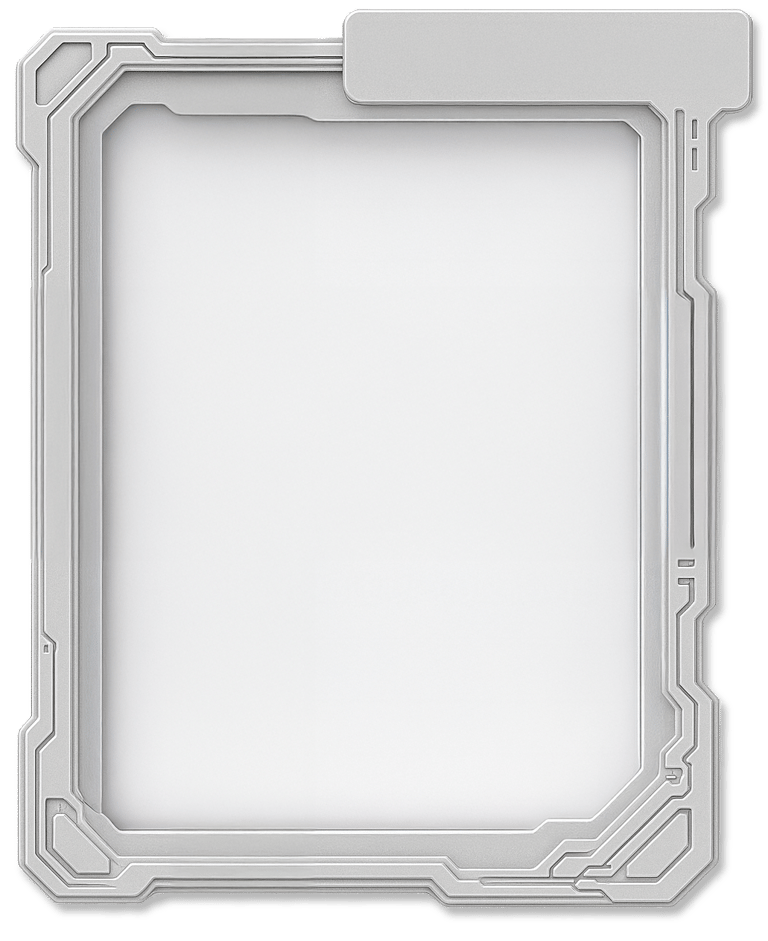


loading_vision.sh
rendering: control + rebellion...




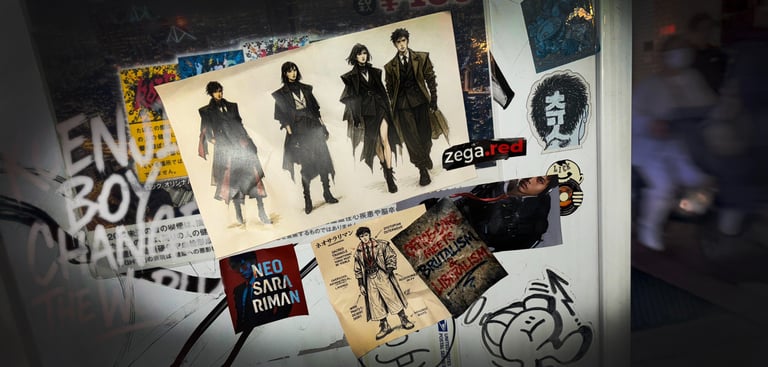

WHY
IT STARTED
I wear the remnants of the system that tried to shape me—only to remind myself what I’ve escaped. Everything beyond the torso becomes war paint, poetry, armor, and chaos. I am not a number. I am a quiet character of the revolution.
—The Neosarariman

01
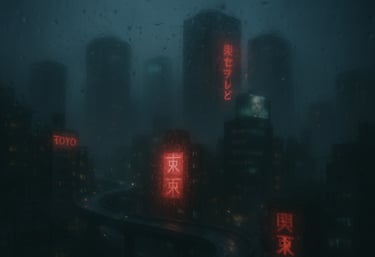

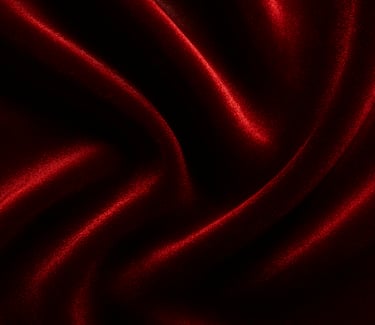

The Neosarariman is not just a style—it is resistance, reformation, and resurrection.
ネオサラリマン (Neosarariman): a portmanteau of “Neo” and “Salaryman,” rooted in Japan’s “salaryman” tradition but violently broken free from its limitations,
the Neosarariman becomes a walking contradiction:
order and disorder, uniform and riot, conformity and rebellion.
It is a language of reform, written in seams, posture, and restraint.
- - -


see next:
├── >> PHILOSOPHY
│ └── WHO_IS_THIS_FOR
├── >> AESTHETIC_CORE

PHILOSOPHY 02.1
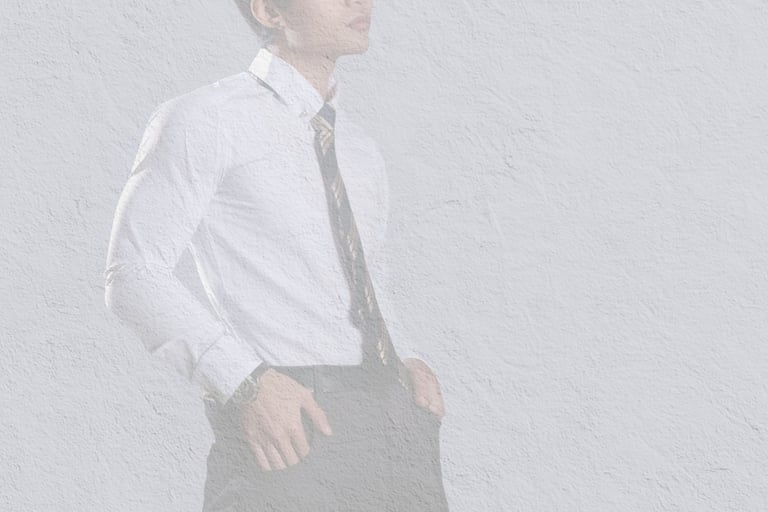

“I’m not trying to escape the system. I’m learning to carry it differently.”
To walk through the world not as its servant—but as its quiet critic.
From the very beginning, my vision of Neosarariman is more than fashion. It’s an act of resistance, a response to capitalism, a personal and collective evolution. It critiques consumerism, questions the cycle of conformity, and offers a new visual identity for those who no longer want to perform societal obedience—but still understand its language.
>>>>>>>>I’m building a movement of those who’ve lived inside the system,
>>>>>>>>and now use its own symbols—suits, ties, order—as material for rebellion. >>>READ KADES
- - -

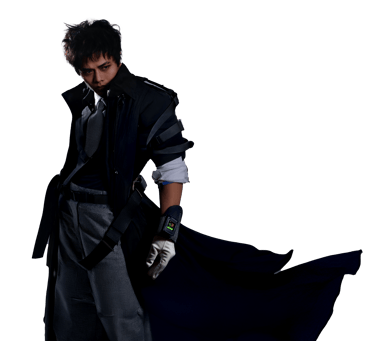
Neosarariman is a movement of reclamation:
of time, of identity, of elegance without exploitation.
Its torso remains composed. It still bears the uniform’s memory.
But from the shoulders down, and the waist out, a new form takes shape—one that reflects personal agency, balance, rebellion, and clarity.

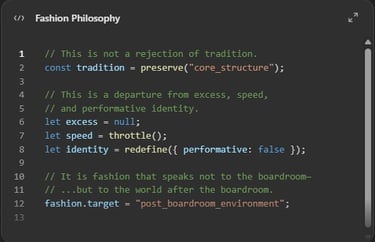
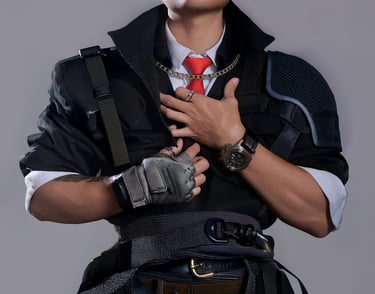

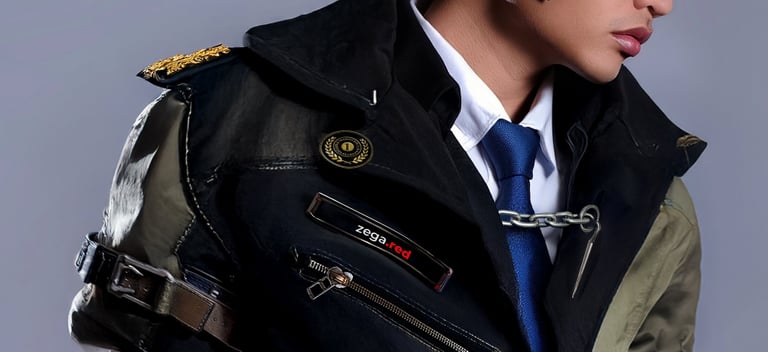



WHO IS THIS FOR 02.2
const neosararimanUsers = [
"ex_salaryman.turnCreative()",
"designer.walkInto('gallery').like('strategy_meeting')",
// The strategist who dresses like a rebellion no one sees coming
// antiHero → equipped with hi tech machine + a vision
// anyone who understands discipline ≠ submission
];
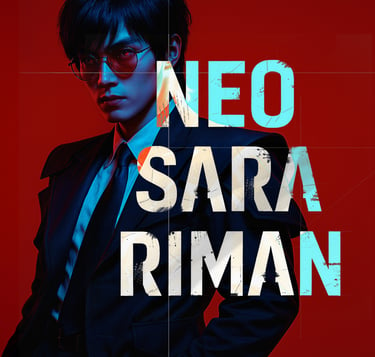

see next:
├── >> AESTHETIC_CORE
├── >> THE_RULES
/ / /



AESTHETIC
CORE,
03
04
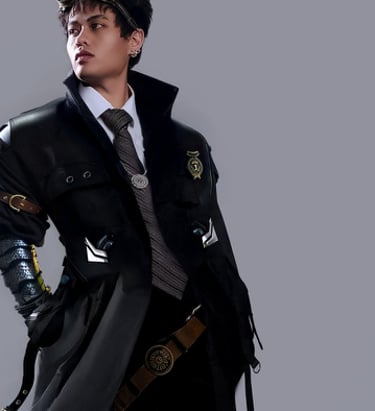

RULES

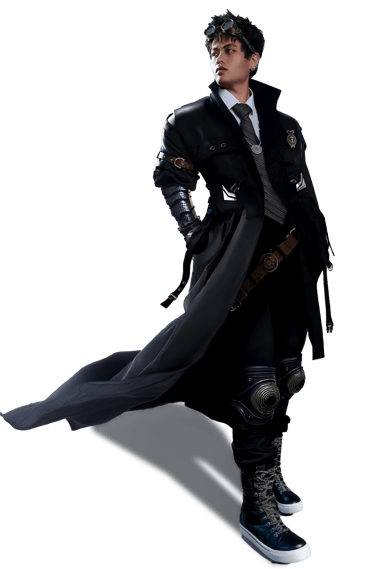
It’s a quiet rebellion: structure on the torso, liberation in the limbs.
Think business core, wrapped in subtle dystopia.
It doesn’t shout; it resists with elegance. It says:
“I understand the system, but I don’t belong to it.”
It is liberal but calm. Brutalist but tailored. Dystopian yet dignified. The rebellion is not in the noise—it’s in the restraint. It turns heads not because it asks to—but because it cannot be ignored. It carries the elegance of control, with the undertone of rebellion.
A fusion of corporate uniformity and futuristic rebellion. They’re not just surviving the system—they’ve hacked it, re-coded it, and now wear the remnants of the old world as their new skin. Salaryman DNA remains in their core silhouette—but it's warped, evolved, and reborn into something iconic.
Imagine a silhouette forged to withstand societal collapse— not power-hungry, but power-aware. Brutality not in violence, but in the deliberate rupture of form. Liberalism not as politics, but as the quiet refusal of visual obedience. This is the energy of a central figure in a fractured world— poised at the edge of collapse, draped in memory, walking in intent.
A key character in a sci-fi reality stitched with the remnants of capitalism.






The core (shirt, collar, and tie,) must be present in silhouette or detail. It acknowledges the system. It shows you know its rules.
Core = Salaryman
The tie. The collar. The shirt. Maybe even a blazer torso. This is the anchor, the "I came from the system."


From shoulders to fingertips and waist to toe: freedom reigns.
Here is where rebellion breathes—drapes, layering, asymmetry, kinetic design.
Shoulders & sleeves may carry volume, layering, asymmetry, structure, or subtle brutality.
Waist down: Skirts with layered straps / kilts with cargo mods / pants that scream freedom in volume or print.
Footwear: Irregular, experimental, sculptural. Think Issey x Bottega x combat.
Accessories—such as necklaces, brooch pins, bracelets, earrings, and more—are permitted to complete the expression of rebellion.


Shoulders wide. Posture strong. Balance brutalism with flow.
Outfits must be wearable, grounded in realism, yet undeniably cinematic.
Color: Balanced. Base monochrome + 1–2 intentional accents (e.g. deep red, cobalt, rust, or chrome).
Vibe: Poised. Not aggressive. Dystopian, but wearable. Fictional, but grounded.
Posture: Like someone who understands the system, but doesn’t belong to it anymore.
Not rigid—but intentional. Neosarariman doesn’t slump or strut.
They carry themselves—like a character with purpose, a silhouette meant to walk away from systems.
Shared Traits with Power Dressing: - Sharp silhouettes - Strong shoulders - Structured tailoring - Presence that commands space




The material must reflect survival, restraint, or transformation.
Whether recycled, repurposed, or technical—function outweighs status.
Favor fabrics with history, tension, or intention.
Seek what’s been through something: – Scarred leathers, deadstock blends, worn-in synthetics. The garment should tell a story, not just display a label. Resourcefulness is rebellion.
The goal is to look resilient.
see next:
├── >> KADES_PROTOCOL
What does Neosarariman believe in?
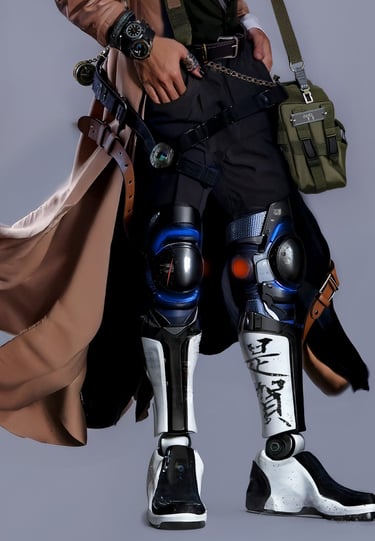


05
K.A.D.E.S

stands for: Kinetic Aesthetics of Discipline, Elegance, and Subversion.

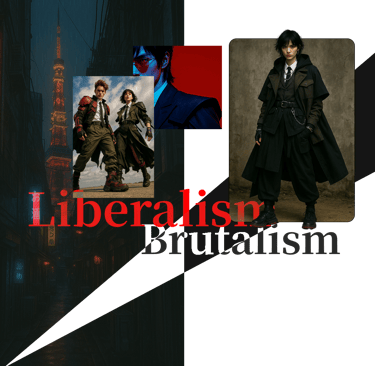
This is the philosophical code that guides the design and posture of Neosarariman:
Kinetic — The outfit lives in motion. It transforms as the wearer moves.
Aesthetics — Every detail has meaning; nothing is loud without purpose.
Discipline — The torso keeps the system's structure, clean and respectful.
Elegance — Minimalist, balanced, and refined in tone, fabric, and color.
Subversion — A quiet reprogramming of tradition. Clear. Precise. Intentional.
In the context of fashion, it represents freedom of expression, fluidity, individuality, and personal agency.
In Neosarariman, it reflects the break from uniformity—the liberated arms, the freedom from trends, the wearer's right to rewrite the dress code on their terms.
It’s philosophical: a rejection of visual obedience in favor of self-determination.
A design term associated with rawness, structure, honesty in form—perfect for the exaggerated silhouettes, exposed seams, heavy fabrics, and utilitarian energy in Neosarariman.
It’s architectural, grounded, and unapologetic.
It represents the visual weight of the outfit—the armor-like presence, the sense of resistance.
- - -
see next:
├── >> GALLERY
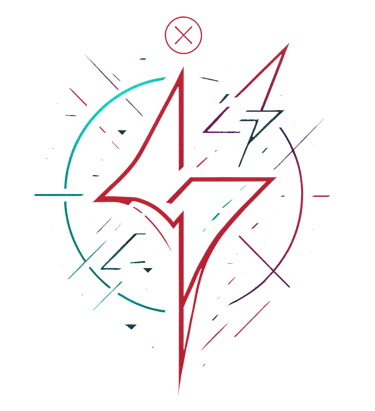

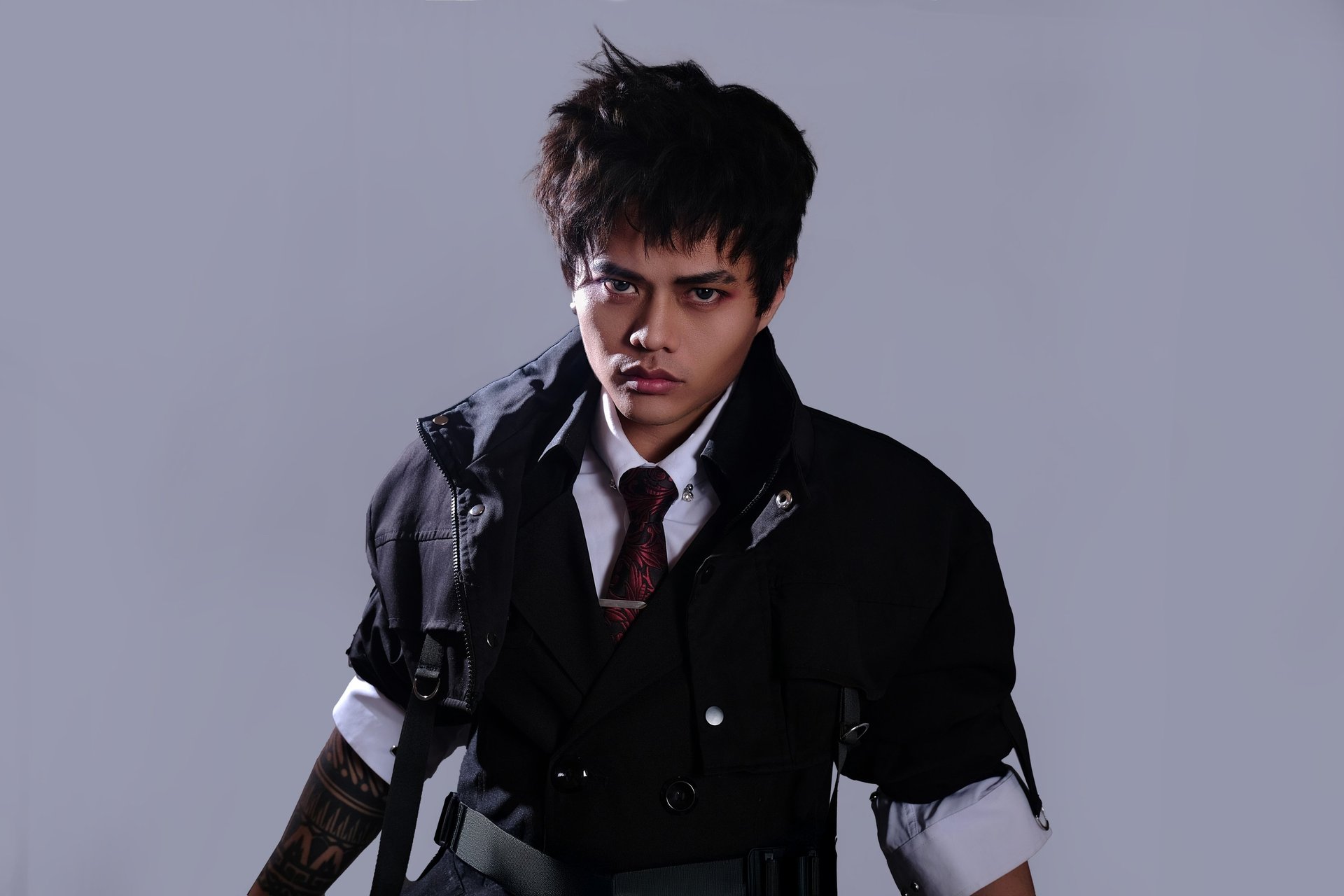
>> GALLERY NEOSARARIMAN
// A living archive of the movement.
// Visuals uploaded from the frontlines of post-uniform rebellion.
06

...<<<
CULTURAL CONTEXT 07.1
Blade Runner 2049 meets Tokyo salaryman life.
Dystopian anime villains and sci-fi protagonists
Post-war tailoring with techwear sensibilities
Architecture. Protest. Order turned on its side.
Comme des Garçons Homme meets 90s Yohji Yamamoto + riot gear.
Techwear silhouettes infused with business formality.
...>>> REFERENCES 07.2
1. Japanese Avant-Garde Designers:
Yohji Yamamoto: Renowned for deconstructing traditional forms, Yamamoto's designs often feature asymmetry, layering, and a predominantly black palette, challenging conventional tailoring norms.
Rei Kawakubo (Comme des Garçons): Kawakubo's work is known for its unexpected silhouettes and exploration of the space between the body and clothing, often defying traditional fashion categorizations.
2. Cyberpunk and Futuristic Fashion:
Rick Owens: Dubbed the "Lord of Darkness," Owens integrates dystopian and futuristic elements into his designs, characterized by architectural shapes and a monochromatic palette.
Techwear Brands: Labels like Acronym, Off-White, and Machine56 blend functionality with futuristic aesthetics, emphasizing utility and modern design.
3. Blending Traditional and Modern Elements:
Junya Watanabe: A protégé of Kawakubo, Watanabe is celebrated for reinterpreting classic Americana through a Japanese lens, merging traditional patterns with contemporary design techniques.
Anne Sofie Madsen: Her collections often juxtapose soft and hard materials, drawing inspiration from both mythology and futuristic themes, resulting in designs that are both avant-garde and wearable.





JOIN THE MOVEMENT 08(la última página)
This isn’t a club.
There are no applications. No gatekeepers.
If you understand the language—
You’re already part of it.
